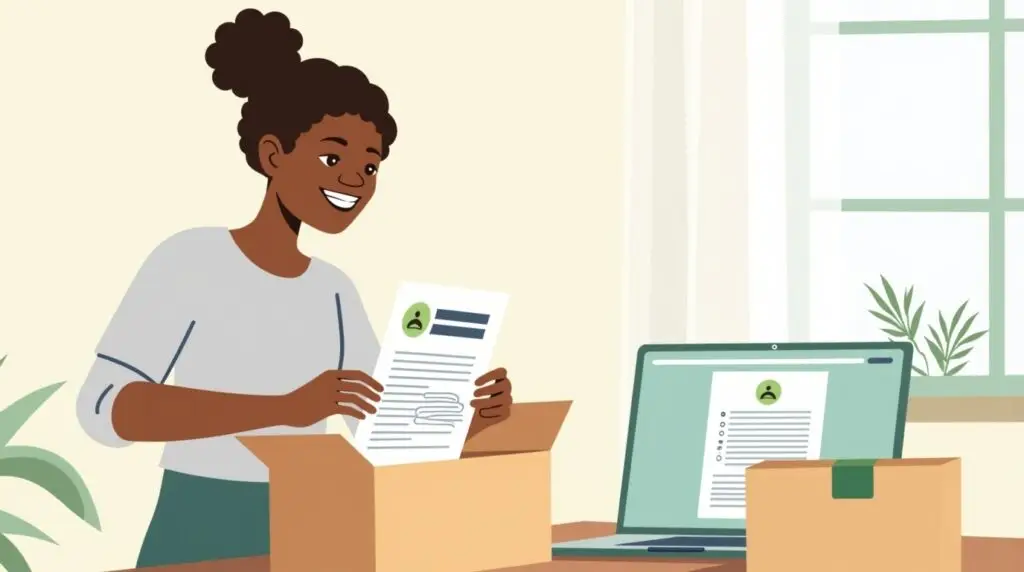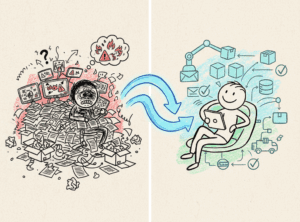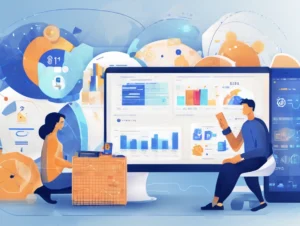When I first started handling returns in my own e-commerce journey, I’ll admit—I saw them mostly as a necessary evil. But over time, I realized that every return was actually a chance to build trust and loyalty. Looking back, I wish I’d recognized sooner how much potential there is in these interactions.
If you’re reviewing your own returns process, here are a few insights and questions that helped guide me. I hope they’ll spark some ideas for you, too.
Recognize the Emotions Behind Returns
I’ve noticed that returns are rarely just about the product. There’s almost always an emotional element—maybe disappointment, frustration, or even anxiety about whether the process will be a hassle. I try to keep this in mind with every return request.
You might want to ask yourself: What’s the experience like for someone reaching out to return an item? Is your policy easy to find and understand, or could it create more uncertainty for your customers?
Prioritize Clarity and Transparency
One of the best changes I made was rewriting my returns policy in plain language and making it easily accessible. I found that when customers knew exactly what to expect, their stress levels dropped—and so did the number of angry emails.
If you haven’t already, consider reviewing your policy for jargon or ambiguity. Clear timelines and step-by-step instructions can go a long way to defusing tension.
Build in Empathy and Flexibility
There have been times when a simple, empathetic response turned a disappointed customer into a loyal one. I try to encourage my team (and remind myself) to listen first and look for ways to make things right—even if that means bending the rules occasionally.
Think about where you can add a more personal touch. Would a handwritten note or a quick follow-up email make sense for your brand? Sometimes small gestures make the biggest impact.
Streamline Whenever Possible
I used to underestimate how much friction a clunky returns process could create. Self-service portals and automated labels made a big difference for my customers and my team. If you’re not sure where the bottlenecks are, try walking through the process as if you were a first-time customer.
Ask yourself: Are there steps you could simplify or automate? Even small tweaks can make the process feel more seamless.
Use Returns Data as Feedback
Over time, I started paying closer attention to why products were being returned. Patterns emerged—sizing issues, unclear descriptions, or even packaging problems. Instead of seeing these as failures, I began treating them as feedback.
You might find it useful to regularly review your returns data. Are there adjustments to your product pages or offerings that could preempt common issues?
Think About the Long-Term Relationship
I’ve learned not to treat returns as the end of the story. Sometimes, offering an exchange or even a small loyalty perk can encourage customers to give your brand another try. Occasionally, I check in with returning customers to see how their experience went; it’s helped me spot areas for improvement and, more importantly, build rapport.
Reflect on your current approach: Are there opportunities to turn a return into an ongoing conversation or even a second chance at a sale?
Consider Sustainability
The environmental impact of returns is something more customers are thinking about, and it’s become increasingly important to me, too. I’ve started exploring options like eco-friendly packaging and alternative solutions for products that can’t be resold.
If sustainability matters to your audience, you might want to highlight your efforts in your policy or customer communications.
Final Thoughts
I still see returns as a challenge, but I also see them as a real opportunity—to learn, improve, and demonstrate what my brand stands for. None of these changes happened overnight, and I’m still learning as I go. My advice? Approach your returns process with curiosity and empathy. Small shifts can have a big impact, both for your customers and your business.
If you’re reevaluating your own returns strategy, I hope these reflections and ideas offer a useful starting point.





